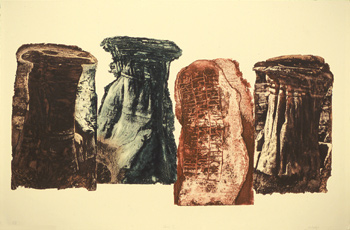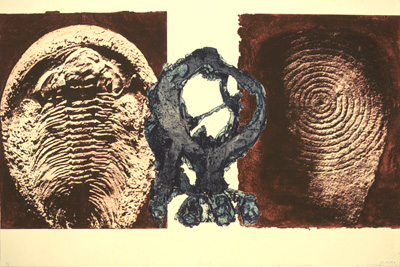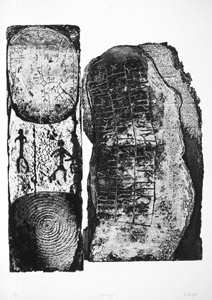what makes us human?
A year ago, City of Tampere’s Museum Centre Vapriikki** in Finland presented a multi-media exhibition on rock art organized by an international consortium: “Dawn of the Human Spirit”
The exhibition statement offers a clear perspective on why rock art is of such interest and importance to us, and I quote some of it:
No topic is more central to understanding our place in the universe than the question What makes us human? Although there are many traits that set us apart from the natural world, one defining characteristic is our ability to make art. And unlike other traits that may also be important, such as language, art is archaeologically visible, especially in the form of rock art the cave paintings and rock carvings whose appearance seems to signal the dawn of the human spirit.
Rock art is, of course, more than just art. Just as it expresses humankind’s aesthetic achievements if not the birth of our aesthetic sensibilities and religious beliefs so too it is also a reflection of technology: technology in the making of the art, as well as the wider ranging technologies of the prehistoric cultures that it portrays. Similarly, it is an expression of natural history and our changing relationships to our environment: the prehistoric environment of the art’s creators, shown in the paintings and carvings, serving as a kind of prehistoric account of animal extinctions over time. Even more fundamentally, the first appearance of rock art charts our human migration across and colonization of the earth.
Pictures are among the first important traces of human culture. The earliest rock art pictures such as those in the Chauvet Cave are pictures of the highest artistic expression and quality. In principle, the creative power that produced these pictures is the same as that of the artists of our own time.
**Update October 24, 2012: So many years later, the link to the exhibition is of course gone. The Museum website link is now updated.


